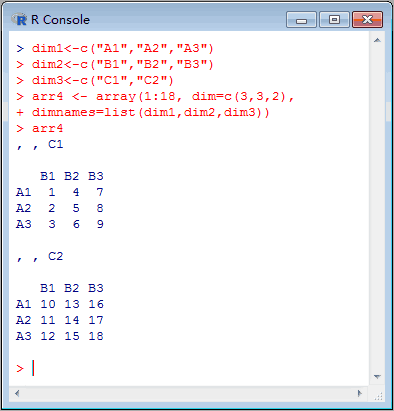
This diffusion-weighted image has the label “AP” affixed to it, which means that the data were acquired in the Anterior-to-Posterior phase-encoding direction. GIMME (Group Iterative Multiple Model Estimation).fASL Tutorial #5: Examining the Results.fASL Tutorial #2: Downloading and Installing.Introduction to the Human Connectome Project.Introduction to the Human Connectome Project (HCP) Parametric Modulation in SPM, FSL, and AFNI.Functional Connectivity and the CONN Toolbox.fMRI Tutorial #5: Statistics and Modelingįunctional Connectivity with the CONN Toolbox.fMRI Tutorial #2: Overview of The Flanker Task.Unix Tutorial #9: Automating The Analysis.Unix Tutorial #6: Conditional Statements.Unix Tutorial #4: Shells and Path Variables.Unix Tutorial #2: Copying and Removing Files.Unix Tutorial #1: Navigating the directory tree.Ultimately, if you work with real data, it’s up to you which software/programming language you want to use.)Īlright, enough practice with Linux, the command line, and FSL commands! You can start the other notebook ( first_level_analysis.ipynb) now. Here, we made you work with fslroi to practice your command line skills, but using Python to do this is completely fine too. (You might wonder: well, why use fslroi while I could simply use Python to cut off the last two volumes? That’s a good point. T, origin = 'lower', cmap = 'gray' ) plt. figure ( figsize = ( 15, 5 )) for i in range ( func_fixed. isfile ( '' ): raise ValueError ( "Cannot find the file '' - did you name it correctly?" ) func_fixed = nib. Here, you can check if your fslroi command worked! It should show 10 volumes (vol 0-9), and the noise-volumes should be removed.''' if par_dir != 'solutions' : if not os. We’ll plot an axial slice for all 12 volumes below: Below, we loaded functional data from a very short run (only 12 volumes usually, runs are of course often much longer). For example, you can use it to remove the upper 20 slices in the X direction or remove several volumes (i.e., slicing in the “Time” direction, the fourth dimension of functional data). This command allows you to slice your file in several dimensions. get_fdata () print ( "Well done!" ) plot_ortho_slices ( t1 ) Īlright, let’s practice your CMD skills with one more nifty (pun intended) FSL command called fslroi. get_fdata () else : # admin account t1 = nib. isfile ( 't1w_' ): raise ValueError ( "Cannot find the file 't1w_' - did you name it correctly?" ) t1 = nib.

''' if par_dir != 'solutions' : # must be student account if not os. The slices should not be upside down anymore. Here, we test whether the reorientation process worked. To list the contents of your current directory, you can simply type ls. refers to the “parent directory”).Īnother useful command is ls, which stands for “list” and lists the contents of a directory. If you call the command pwd again, you should see that your current directory updated to /home/), you use the command: cd. Keep this tip in mind, as it will save you a lot of time when you need to execute long commands (e.g., cd /home/some/very/deeply/nested/directory/with/many/subdirectories). It won't complete your command all the way to cd week_5, because there are also other directories starting with week_ (i.e., week_1, week_2, etc.). For example, from your home directory, you can type cd w and then press the "tab" key, which will autocomplete the command to cd week_. Tip! In most terminals, you can use the tab key to "autocomplete" your commands.


 0 kommentar(er)
0 kommentar(er)
